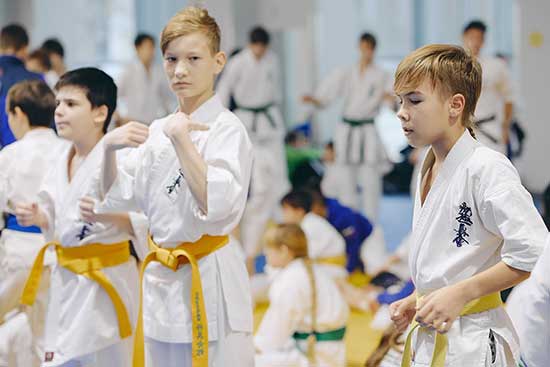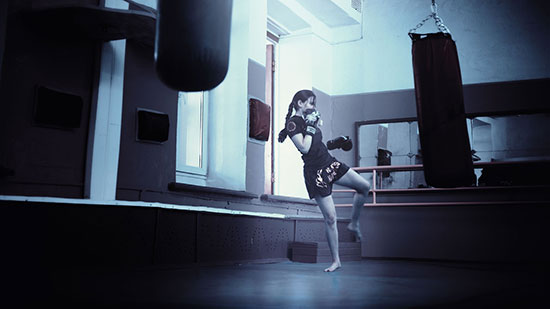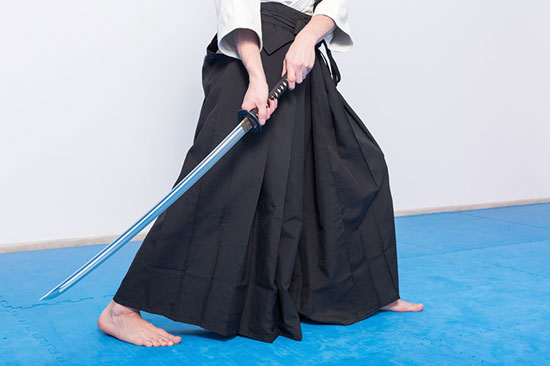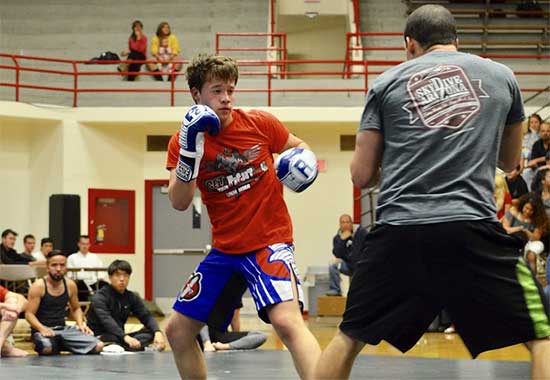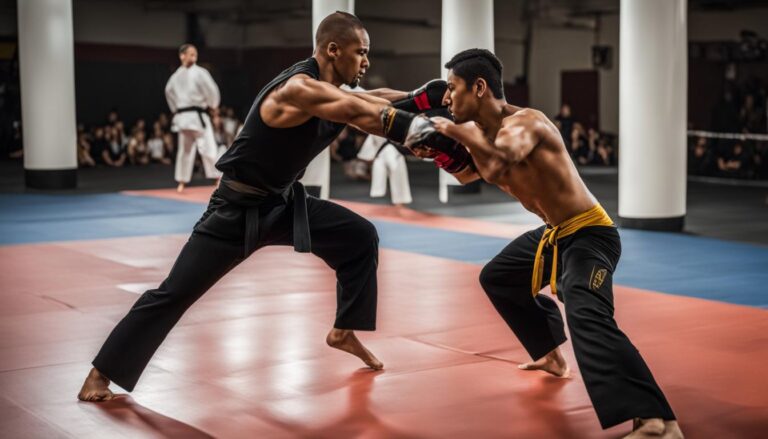You’re on a journey to master martial arts and you’ve stumbled upon ‘Atemi Waza’. What’s this, you wonder? Well, you’re in luck! This article will unveil the mystery behind Atemi Waza, its rich history, its role in martial arts, and key techniques.
Contents
Understanding the Concept of Atemi Waza
Atemi Waza is a fundamental part of martial arts that focuses on striking vital points in an opponent’s body.
It’s not about brute force, but rather precision and timing. You’re learning to hit not just hard, but smart, focusing your energy on areas where you can do the most damage. It’s a skill that requires careful study and practice.
You’re not just learning to fight, you’re learning to protect yourself and others. Atemi Waza isn’t about aggression, it’s about control.
It’s about knowing your own strength and how to use it effectively. It’s a challenging journey, but one you’ve chosen to embark on. As you train, remember, it’s not about being the strongest, but being the wisest.
The Historical Background of Atemi Waza
Now, you’re delving into the historical background of Atemi Waza, uncovering its roots in ancient martial arts traditions.
This technique, defined by its targeted strikes to the body’s vulnerable areas, has deep origins in Japanese jujitsu.
You’re peeling back layers of history, tracing its evolution from a battlefield tactic to a central component in modern practices like Aikido and Judo.
Here’s a quick table to visualize this journey:
| Era | Contribution to Atemi Waza |
|---|---|
| Ancient Times | Emerged in Japanese jujitsu |
| 19th Century | Incorporated into Judo |
| 20th Century | Central to Aikido |
The Role of Atemi Waza in Martial Arts
In your study of martial arts, it’s critical to understand the role of Atemi Waza as a strategic tool, not just a physical technique.
This Japanese term, translating to ‘body-striking techniques,’ is used to distract or unbalance your opponent. It’s not about brute force; it’s about timing, precision, and strategy.
When you execute Atemi Waza correctly, you’re seizing control of the fight. You’re manipulating your opponent’s attention and body, creating openings for more decisive techniques.
You’re not just throwing punches or kicks; you’re playing a high-stakes game of chess with your body.
Key Techniques and Applications of Atemi Waza
On the topic of key techniques and applications of Atemi Waza, it’s vital for you to focus on timing and precision over brute strength. It’s not about overpowering your opponent, but rather, it’s about executing your moves at the right moment with the utmost accuracy.
Let’s explore three key aspects of Atemi Waza:
- Target Areas: You should aim for vulnerable spots like temples, ribs, or knees. You’re not trying to cause severe harm, but these areas can help incapacitate your opponent quickly.
- Technique: Techniques such as Seiken (forefist), Shuto (knife hand), or Hiji (elbow) strikes are employed. The essence lies in the correct form and execution.
- Application: Use Atemi Waza strategically within a fight, not as the main attack, but to distract, disrupt, or set up your next move. It’s your tactical weapon, use it wisely.
Training and Mastery of Atemi Waza
You’re focusing on training and mastery of Atemi Waza, but remember, it’s not just about practicing the techniques, it’s also crucial to understand their strategic application within a fight.
This means knowing when and how to strike to maximize effectiveness and minimize risk. It’s not just about landing a hit; it’s about making that hit count.
Keep your training diverse and dynamic. Don’t get stuck in a rut practicing only a few techniques. Mix it up, understand the nuances of each strike, and learn how they can be applied in different scenarios.
It’s also important to build up your strength and stamina. A well-executed Atemi Waza requires not just technique, but power and endurance. Keep pushing yourself, and you’ll see the progress in your Atemi Waza skills.
Conclusion
So, you’ve dived into the world of Atemi Waza. You’ve grasped its historical roots, its role in martial arts, and even the key techniques.
There’s no denying it’s a complex practice that requires dedication to master. But with persistence and proper training, you’ll be able to incorporate this powerful method into your martial arts repertoire.
Remember, Atemi Waza isn’t just about strikes; it’s about understanding your opponent and using their energy against them.
